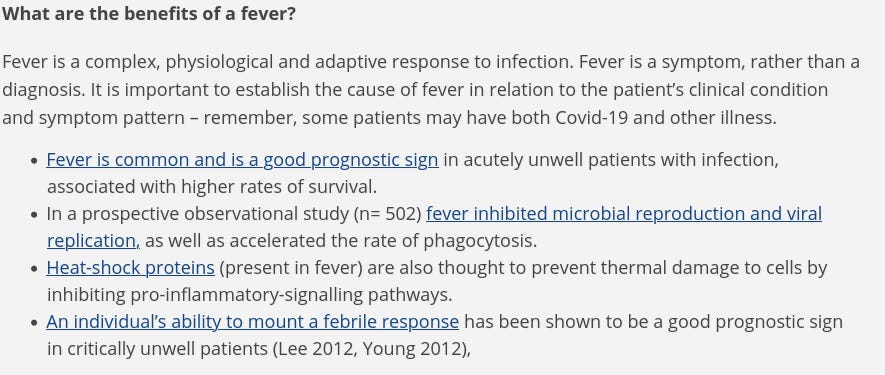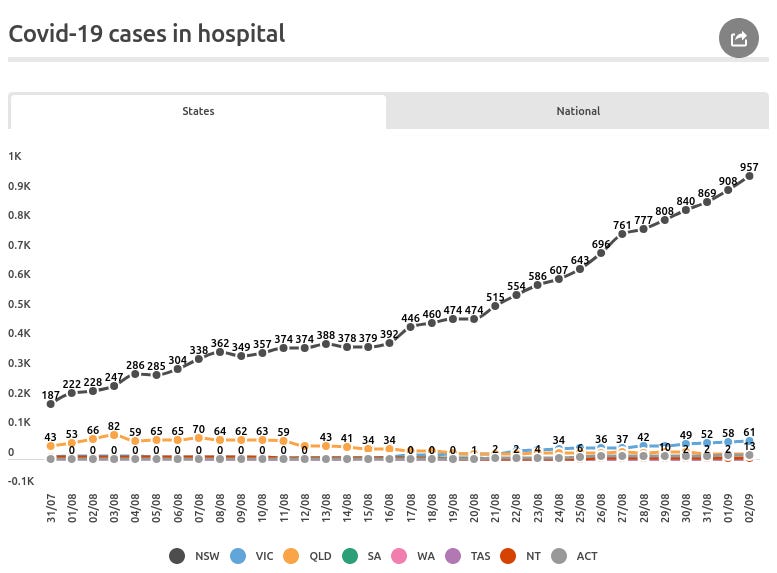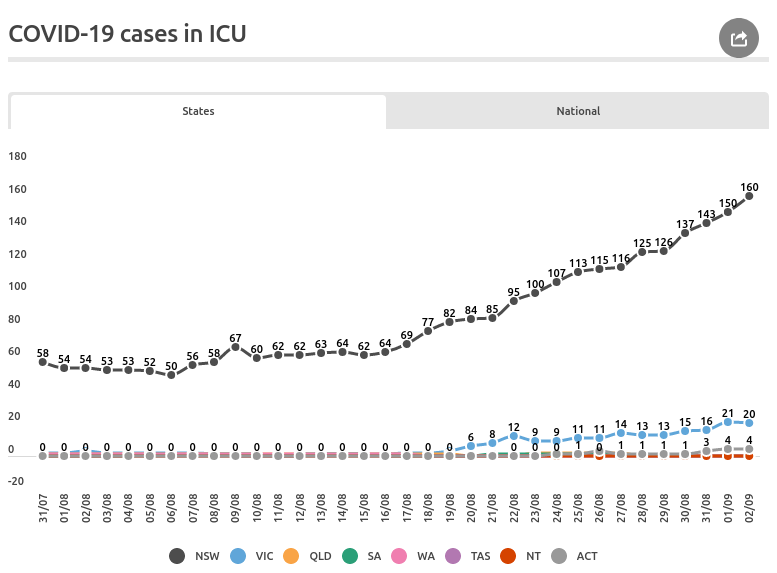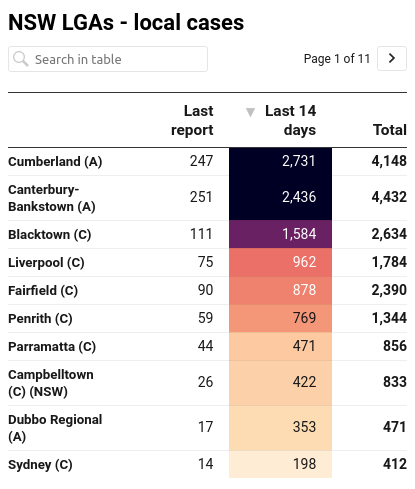The medical insanity of fever suppression in COVID-19
Back in April, I wrote an article on the irrationality of using fever-lowering medications such as ibuprofen and paracetamol/acetaminophen in the treatment of COVID-19.
Fever, as I noted in that article, citing Stephen A Hoption Cann, Clinical Professor at the School of Population & Public Health, University of British Columbia in Vancouver, Canada, is “a highly conserved physiological response to infection that occurs in all mammal and bird species”. In other words, fever is an intrinsic and vital element of the body’s response to infection.
Unfortunately, medical authorities continue to promote the use of fever-lowering medications for “management” of COVID-19 symptoms. For example, NPS MedicineWise (formerly the National Prescribing Service) endorses paracetamol as “the preferred first choice to treat a fever in most cases,” with ibuprofen as an alternative option.
The Royal Australian College of General Practitioners (RACGP) similarly recommends paracetamol for “symptomatic relief” of “the fever and the aches and pains [of COVID-19]”.
Yet these so-called experts fail to acknowledge the high price that people who take this advice may be paying.
Without any apparent sense of irony, NPS MedicineWise’s page “COVID-19 and medicines – frequently asked questions” provides a link to the Oxford COVID-19 Evidence Service’s article, “Managing Fever in adults with possible or confirmed COVID-19 in Primary Care“
On this page, we learn that
“The current evidence does not support routine antipyretic administration to treat fever in acute respiratory infections and COVID-19.”
Managing Fever in adults with possible or confirmed COVID-19 in Primary Care
The University of Oxford team go on to point out some basic facts that doctors ought to know from their education in physiology, but have apparently forgotten:
Managing Fever in adults with possible or confirmed COVID-19 in Primary Care
Patients with severe COVID-19 have been found to have markedly lower counts of lymphocytes, especially T lymphocytes (a type of white blood cell that is critical for fighting viral infections), and reduced expression of interferon gamma (IFN-γ), a key weapon in the T cells’ arsenal that mobilises multiple types of immune cells to seek out and destroy invading viruses.
And what does fever do? It raises lymphocyte counts and enhances their infection-fighting capacity, and ramps up IFN-γ release by up to 10-fold.
But the damage inflicted by paracetamol goes beyond hamstringing the body’s infection-fighting capacity. While most people who encounter the SARS-CoV-2 virus experience a flu-like illness (or no symptoms at all), and recover spontaneously in 1-2 weeks, a small percentage of infected people go on to experience severe illness.
While the flu-like symptoms are the result of the body’s response to viral proliferation, and are self-limiting, the more severe form of illness involves a cytokine storm – an overreaction of the immune system which results in the release of powerful inflammatory chemicals which cause damage to, and even failure of, multiple organs.
Glutathione, the body’s primary endogenous (self-produced) antioxidant, plays a key role in protecting against this severe inflammatory response. Levels of glutathione decline with age, and men are known to have lower levels of glutathione than women. People with diabetes and/or high blood pressure also have lower glutathione concentrations.
And what else depletes glutathione levels? You guessed it: paracetamol. Not-so-good-ol’ paracetamol reduces the concentration of glutathione in the lungs, white blood cells, liver and kidneys, leading to an aberrant immune response and increased risk of organ damage and failure.
Furthermore, glutathione deficiency contributes to the final (and frequently fatal) stage of COVID-19: hypercoagulation, or out-of-control blood clotting, by activating von Willebrand Factor and driving the accumulation of reactive oxygen species, which in turn affect clotting and platelet activation, impair the function of the endothelium (lining of the blood vessel wall), and predispose to the risk of thrombotic events.
Following medical advice is a health hazard
Let’s take a moment to reflect on the total insanity of Australia’s current “plan” for dealing with COVID-19.
People with no symptoms are being urged - and in many cases ordered - to get a PCR test that is incapable of identifying whether a person is infected with SARS-CoV-2, and on the basis of this not-fit-for-purpose test, may be ordered to self-isolate or stay in a quarantine facility on pain of fines and even imprisonment, even though people with no symptoms do not make others sick.
None of the evidence-based early treatment protocols that have been shown to reduce hospitalisation rates by up to 85% are provided to people who have tested positive.
Instead, people who do have symptoms are told to go home, take paracetamol or ibuprofen to reduce fever and relieve related symptoms, and call for medical help if their condition worsens (which is more likely if they take paracetamol).
People who heed the advice to suppress their fever will take longer to clear the virus and hence will be infectious for longer.
The vast majority of COVID-19 cases result from transmission in the home setting (see here and here, for example), and peak transmission occurs from two days before the onset of symptoms to three days after. Thanks to the irrational, non-evidence-based and totally failed policy of ‘lockdown’ – a term drawn from prison management – these people are highly likely to infect family members who are not permitted to leave their homes.
Infected family members who fall ill will be given the same irrational advice to reduce their fever with medication.
Some of these people will fall seriously ill, requiring hospitalisation. This feeds the narrative that the health care system is straining to cope with cases of COVID-19, and is used by politicians and bureacrats as a justification to prolong the lockdown which, as explained in point #5, is exacerbating the surge in cases.
What a surprise, then, that after over 10 weeks under lockdown conditions that would make Stalin salivate with glee, daily case counts, hospitalisations and deaths in New South Wales continue to surge, with the local government areas under the most draconian restrictions seeing the sharpest rise:
Conclusion
We are currently experiencing an episode of mass psychosis which has infected the minds of a sizeable proportion of the population, including many elected leaders and unelected bureaucrats. The psychotic advice, directives and diktats issued by those in positions of authority and power are leading to large numbers of serious illnesses, hospitalisations and deaths.
In times of societal breakdown, individuals must stop looking to institutions to solve their problems, because it is the institutions that are generating these problems. You must take responsibility for your own, and your family’s, health and well-being. A good first step is to inform yourself of the crucial role of fever in the body’s response to infectious disease, the hazards of fever-suppressing treatments, and the correct way to support a fever.







